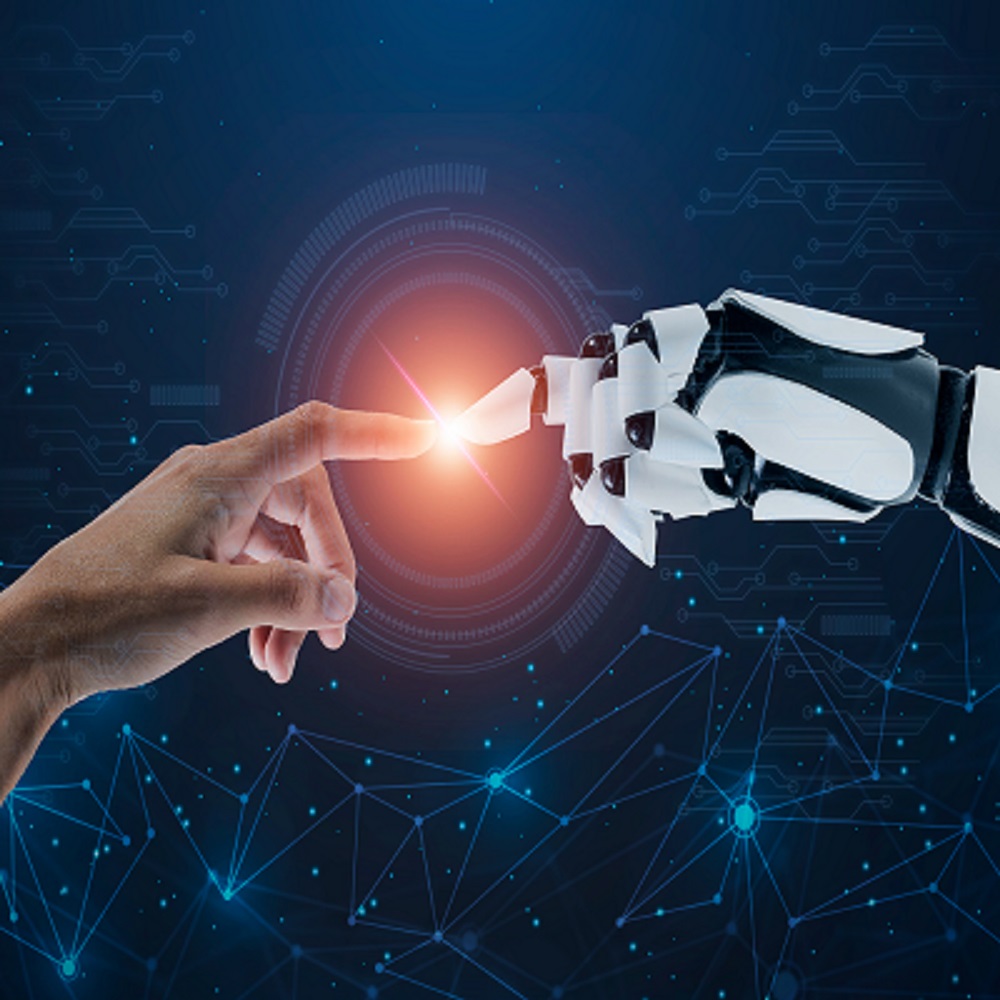Introduction: Embracing the Diversity of AI
Artificial Intelligence (AI) isn't just a buzzword; it's a fascinating realm filled with diverse technologies aimed at making machines smarter. As we embark on this journey into AI, it's important to recognize that there isn't just one type of AI. Instead, AI comes in various forms, each with its own unique abilities and applications. In this guide, let's take a closer look at the different types of artificial intelligence, exploring what sets them apart and how they impact our daily lives.
1. Narrow AI (Weak AI): Specializing in Specific Tasks
Think of Narrow AI as your helpful assistant focused on specific tasks. These AI systems, like virtual assistants Siri and Alexa, are designed to excel at one thing. They're great at recognizing speech, recommending movies, or identifying objects in images. While they're super smart within their narrow field, they don't have the broader understanding or flexibility of human intelligence.
2. General AI (Strong AI): Aiming for Human-Like Intelligence
General AI is the dreamer of the AI world. It's the AI that strives to think and learn like a human across a wide range of tasks. Although it's still mostly a concept, General AI could one day chat with us like a friend, solve complex problems, and even experience emotions. It's the kind of AI you'd see in sci-fi movies, and while we're not quite there yet, we're making strides toward it every day.
3. Machine Learning: Teaching Computers to Learn
Machine Learning is like giving computers the power to learn from experience. Instead of programming them with rules, we feed them data and let them figure things out on their own. It's how Netflix knows what movies you'll like or how your phone's keyboard predicts your next word. With supervised learning, unsupervised learning, and reinforcement learning, machine learning is behind many of the AI technologies we use today.
4. Deep Learning: Getting Deep into Data
Deep Learning takes Machine Learning to the next level by using artificial neural networks inspired by the human brain. These networks can process vast amounts of data and learn complex patterns, leading to breakthroughs in image recognition, voice recognition, and more. It's what powers those impressive facial recognition features in your phone's camera and helps self-driving cars navigate the roads safely.
5. Reinforcement Learning: Learning from Mistakes
Reinforcement Learning is like teaching a dog new tricks through trial and error. The AI agent interacts with its environment, trying different actions and learning from the outcomes. It's how AI learns to play games like chess or Go and how robots learn to walk. By rewarding good behavior and penalizing bad behavior, reinforcement learning helps AI improve over time.
6. Supervised Learning: Guiding AI with Labels
Supervised Learning is like teaching a child with flashcards. We show the AI examples of what we want it to learn, along with the correct answers. Through repetition, the AI learns to recognize patterns and make predictions. It's the technology behind email spam filters, medical diagnosis systems, and even self-driving cars.
7. Unsupervised Learning: Letting AI Explore on Its Own
Unsupervised Learning is like giving the AI a big pile of Legos without the instruction manual. It has to figure out how the pieces fit together and what shapes they make. With this approach, AI can discover hidden patterns and structures in data without any guidance. It's how Netflix groups similar movies together or how Google News clusters related articles.
By understanding the different types of artificial intelligence and how they work, we gain a deeper appreciation for the technology that surrounds us. From the helpful virtual assistants on our phones to the powerful algorithms that drive self-driving cars, AI is changing the way we live, work, and play. And as we continue to explore the possibilities of AI, we'll undoubtedly uncover even more incredible innovations that will shape the future for generations to come.





Comments